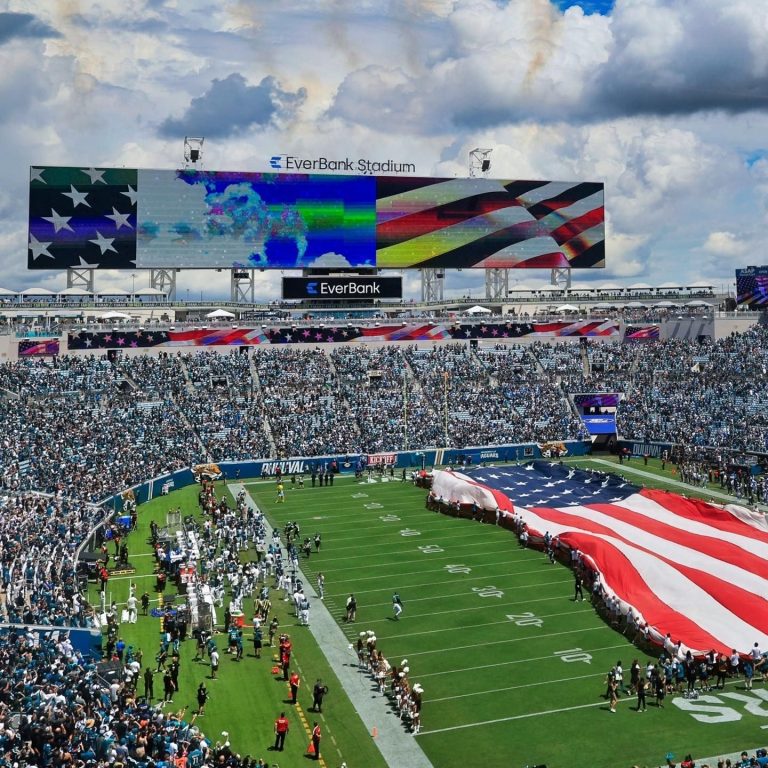Three U.S. regions at risk of possible
West Coast Faces Growing Mega Tsunami Threat
Communities across the U.S. West Coast, Alaska, and Hawaii could one day face a terrifying reality: a massive tsunami caused by the Cascadia subduction zone — and scientists warn it may happen sooner than expected.
The Cascadia Fault: A Hidden Danger
Stretching from Northern California to British Columbia, the Cascadia subduction zone is where the Juan de Fuca tectonic plate pushes beneath North America. This fault can unleash massive earthquakes and tsunamis. A new study shows that such an earthquake could cause coastal land to sink by up to 6.5 feet, dramatically expanding flood zones.
“The expansion of the coastal floodplain following a Cascadia subduction zone earthquake has not been previously quantified,” said Tina Dura of Virginia Tech.
“The impacts to land use could significantly increase the timeline to recovery.”
Tsunamis Could Strike in Minutes
Unlike distant ocean quakes, Cascadia is close to the U.S. coast. A quake here could send waves hundreds of feet high crashing ashore within minutes. Traveling at up to 500 mph, these waves would destroy everything in their path. Experts estimate a 15% chance of a magnitude 8.0+ quake in the next 50 years.
“Cascadia is a unique place,” Dura added. “Most estuaries have a community in them, and they’re all right in the zone of subsidence.”
Beyond the Pacific Northwest
Alaska faces risk from landslides worsened by melting glaciers. In Hawaii, past mega tsunamis — including one 1,000-foot wave over Lanai — show how dangerous volcanic instability remains. Kilauea’s recent 2025 eruption highlights this ongoing threat.
Prepare Now
Experts urge residents to learn evacuation routes, sign up for alerts, and keep emergency supplies.
A mega tsunami will come — it’s just a matter of when.





